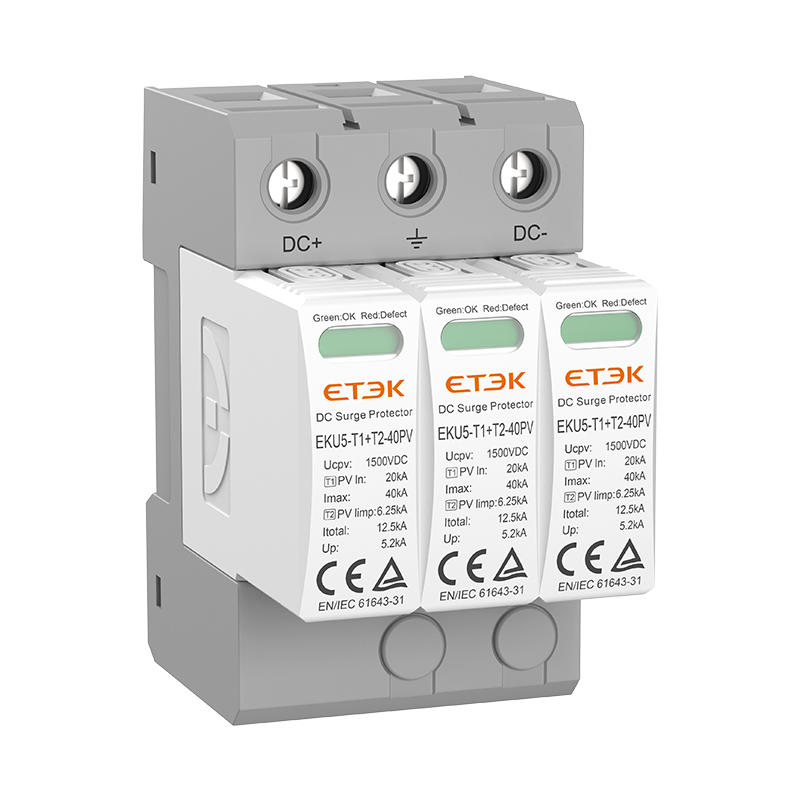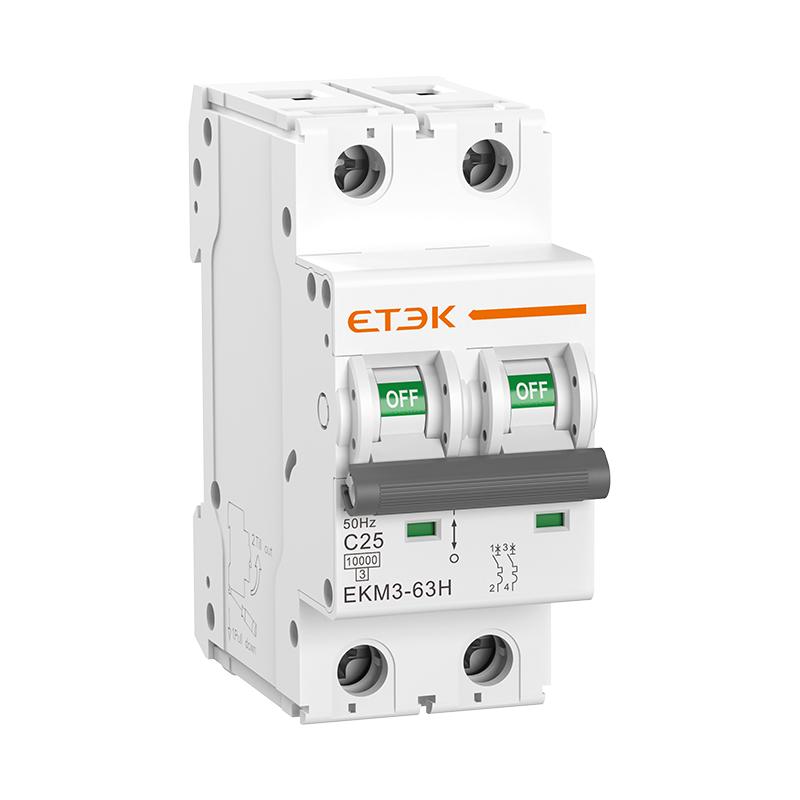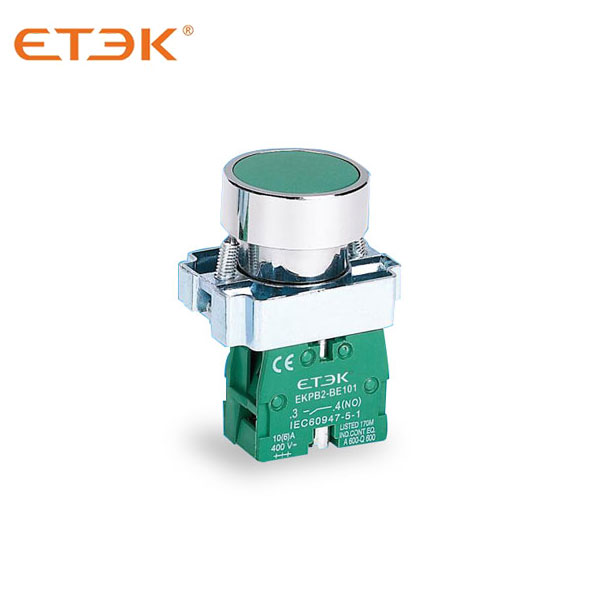Do Surge Protectors Degrade Over Time?

Most surge protectors on the market today use metal oxide varistors (MOVs) as their primary protection component.
However, MOVs will degrade over time when absorbing surges. The service life of MOV surge protectors is usually estimated at about 3 to 5 years, and the specific service life may vary depending on the quality of the MOV used and the surges encountered. The severity of surges varies.
What factors will affect the life of a surge protector?
The lifespan of a surge protector can vary based on a number of factors, including the quality of the equipment, the frequency and intensity of electrical surges, and how well the surge protector is maintained.
1. Maintenance and Environmental Factors
The lifespan of a surge protector can be affected by maintenance practices and environmental conditions.
(1) Dust impurities
Dust, dirt, and debris can accumulate on equipment and affect its performance.
(2) High temperature and humidity
Exposure to heat, humidity, or electrical overload can also shorten the life of a surge protector.
2. Surge frequency and intensity
(1) High frequency, strong surge
If a surge protector is subjected to frequent and intense surges, its protective elements may wear out faster.
(2) Natural disaster or electrical failure
Lightning strikes, grid fluctuations, or electrical faults can cause surges, and the more surges a surge protector experiences, the shorter its lifespan will be.
3. Design and quality of surge protector
High-quality surge protectors usually have better components and design to provide longer-lasting protection, and choosing a reputable manufacturer will guarantee the quality of your surge protector.
How do you know if a surge protector is bad?
There are some signs that a surge protector may be damaged or malfunctioning:
1. Service life
Surge protectors typically have a lifespan of 3 to 5 years. If your surge protector is older, it may be more prone to failure or not provide adequate protection.
2. Indicator lights
Most surge protectors have indicator lights to show if the unit is working properly. If the light is not working properly, is off, or is blinking, it could indicate a faulty surge protector.
3. Power surge
If you find that your device is experiencing power surges or damage despite having a surge protector connected, this may indicate that the surge protector is not working properly and should be replaced promptly.
4. Physical damage
Look for any obvious signs of damage to the surge protector or components, such as frayed wires, melted components, or burn marks.
Physical damage can affect the effectiveness and safety of a surge protector.
5. Circuit breaker tripped
If the circuit breaker on the surge protector has tripped, there may be an internal overload or fault in the unit.
Summarize
Regularly inspecting surge protectors for any signs of damage or wear, and following the manufacturer's maintenance and replacement guidelines, will help keep your electrical equipment safe from power surges.





.jpg)





